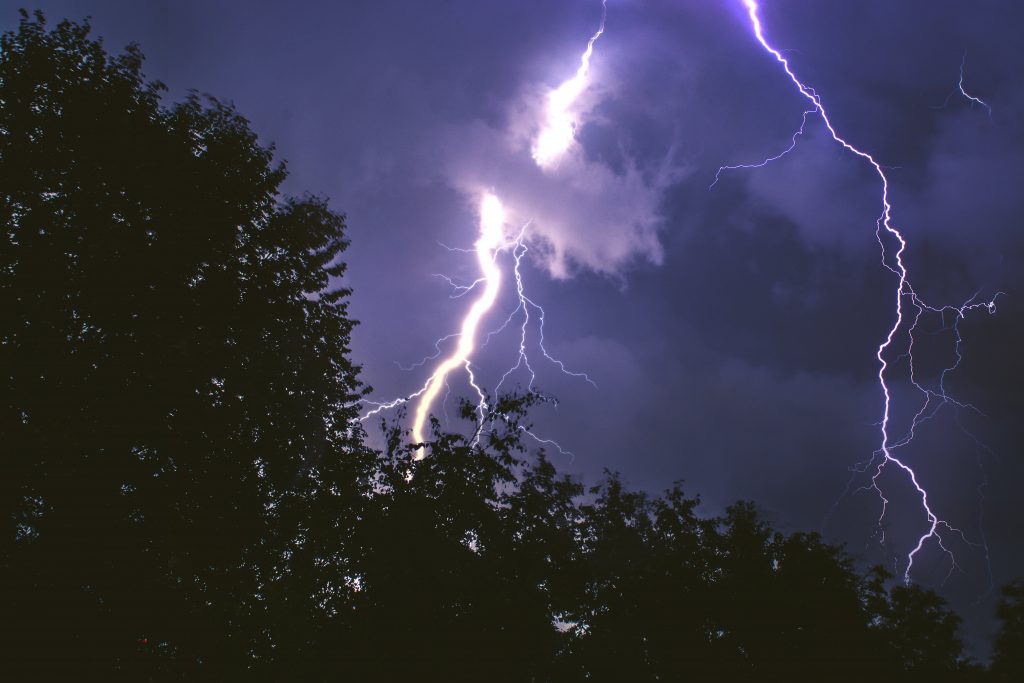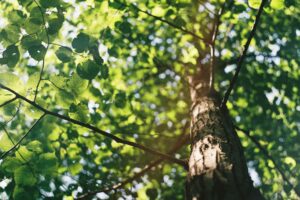UNDERSTANDING THE DIFFERENT TYPES OF TREE SUPPORT SYSTEMS
UNDERSTANDING THE DIFFERENT TYPES OF TREE SUPPORT SYSTEMS
Tree support systems play a crucial role in maintaining the health, stability, and safety of trees, especially in urban and landscaped environments. Their importance lies in addressing various challenges that trees face and ensuring their longevity. Here are key reasons why tree support systems are essential:
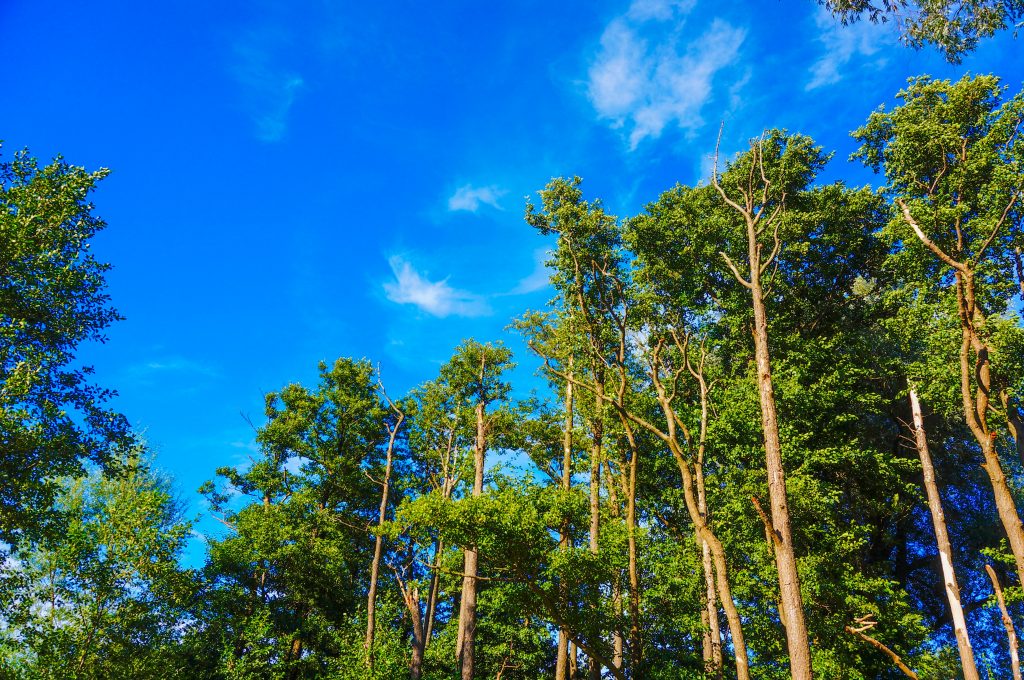
- Stability and Safety: Tree support systems provide structural support to trees, preventing them from leaning, splitting, or falling during adverse weather conditions like heavy winds, storms, or snow loads. This enhances public safety by reducing the risk of falling branches or entire trees.
- Young Tree Establishment: Newly planted or young trees often lack the root development necessary for stability. Support systems like staking help these trees establish a strong root system without bending or breaking, improving their chances of survival and healthy growth.
- Minimizing Damage: Support systems reduce the likelihood of branches breaking or splitting due to heavy loads or dynamic forces. This helps maintain the tree’s overall health and appearance while preventing property damage and potential liabilities.
- Protection during Construction: In construction zones, trees may face disturbances that compromise their root systems and stability. Support systems can shield trees from heavy machinery, foot traffic, and soil compaction, minimizing the impact of construction activities.
- Risk Reduction: Support systems reduce the risk of uprooting or falling of trees that might be weakened due to disease, pest infestations, decay, or other structural issues. They provide temporary or permanent solutions to mitigate potential hazards.
- Preservation of Valuable Trees: Mature and historic trees contribute to the aesthetic, ecological, and cultural value of an area. Support systems can help preserve these trees, allowing them to continue their contributions to the environment and community.
- Encouraging Desired Growth: Some support systems guide the growth of branches in desired directions, shaping the tree’s canopy for improved aesthetics and maintaining clearance from buildings, utilities, or roads.
- Healthier Urban Environment: Urban trees often face challenging conditions such as limited soil space, pollution, and compacted soil. Proper support systems can help urban trees thrive in these conditions, enhancing air quality and overall urban aesthetics.
- Long-Term Sustainability: Trees supported by appropriate systems are more likely to survive and thrive over the long term. This contributes to urban forestry goals, such as increasing canopy cover, improving green spaces, and supporting wildlife.
- Economic Benefits: Preventing tree damage and accidents through support systems can lead to significant cost savings by avoiding property damage, legal claims, and emergency tree removal expenses.
- Public Perception: Well-maintained trees contribute to positive public perception of an area. Trees with proper support systems showcase a commitment to responsible urban planning and environmental stewardship.
- Conservation of Native Species: Support systems can aid in the establishment and survival of native trees in reforestation and restoration projects, contributing to the conservation of native ecosystems and biodiversity.
In summary, tree support systems are essential tools for preserving the health, stability, and safety of trees in various settings. They play a vital role in urban forestry, landscape management, and environmental conservation, ensuring that trees continue to provide their numerous benefits to both natural ecosystems and human communities.
Enhancing tree health and stability
Enhancing tree health and stability is essential for ensuring the long-term vitality and safety of trees. Trees that are healthy and structurally stable are better equipped to withstand environmental stresses, adverse weather conditions, and potential risks. Here are key strategies to enhance tree health and stability:
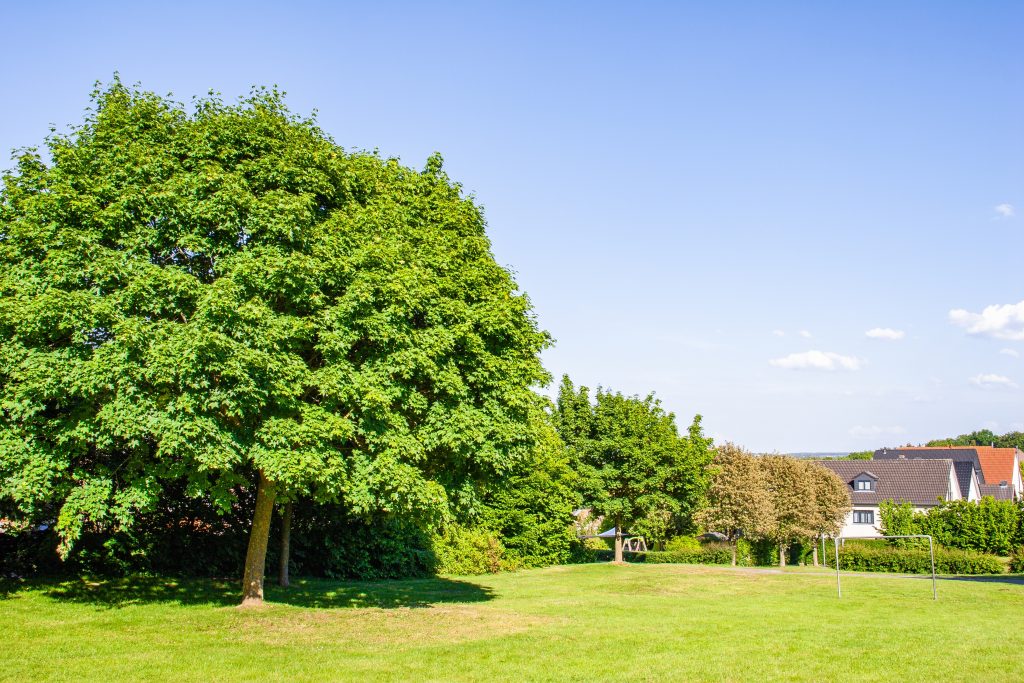
- Proper Planting and Location:
- Choose appropriate tree species for the site’s conditions, including soil type, sunlight, and climate.
- Plant trees at the correct depth and ensure adequate spacing to prevent competition and overcrowding.
- Soil Health Management:
- Improve soil structure through practices like aeration, mulching, and adding organic matter.
- Avoid soil compaction, which can hinder root growth and nutrient absorption.
- Watering and Irrigation:
- Provide regular and consistent watering, especially during dry periods.
- Water deeply and avoid shallow watering that encourages shallow root growth.
- Mulching:
- Apply a layer of organic mulch around the base of the tree to conserve moisture, regulate soil temperature, and prevent weed growth.
- Keep mulch away from the tree’s trunk to prevent decay and pests.
- Pruning:
- Prune dead, damaged, or diseased branches to improve the tree’s overall structure and reduce potential hazards.
- Avoid excessive pruning that can stress the tree or create open wounds.
- Fertilization:
- Assess soil nutrient levels and apply appropriate fertilizers based on soil tests and tree needs.
- Use slow-release fertilizers to provide a steady supply of nutrients over time.
- Pest and Disease Management:
- Monitor trees regularly for signs of pests and diseases.
- Employ integrated pest management strategies to address issues while minimizing harm to beneficial insects and organisms.
- Support Systems:
- Install appropriate tree support systems, such as staking, cabling, or bracing, to ensure stability during adverse weather conditions.
- Remove or adjust support systems as the tree grows and develops stability.
- Regular Inspections:
- Conduct routine inspections of trees to identify potential issues such as decay, cracks, or signs of stress.
- Address issues promptly to prevent further deterioration.
- Aeration and Root Care:
- Improve soil aeration through techniques like vertical mulching or radial trenching to enhance root growth and nutrient absorption.
- Protect and avoid damage to the tree’s root zone during construction activities.
- Avoid Overloading:
- Prevent excessive loading on trees, such as hanging heavy objects or allowing excessive snow or ice accumulation on branches.
- Education and Professional Consultation:
- Educate property owners, landscapers, and contractors about proper tree care practices.
- Consult with certified arborists for expert advice on tree health and stability concerns.
By combining these strategies, property owners and land managers can significantly enhance the health and stability of trees, contributing to the longevity and overall well-being of the urban and natural environment.
Types of Tree Support Systems
Tree support systems are essential tools for enhancing the stability, health, and safety of trees, especially in urban and landscaped environments. They provide structural reinforcement to trees that may be at risk of falling or breaking due to adverse weather conditions, weak root systems, structural defects, or other factors. There are several types of tree support systems designed to address various tree stability issues:
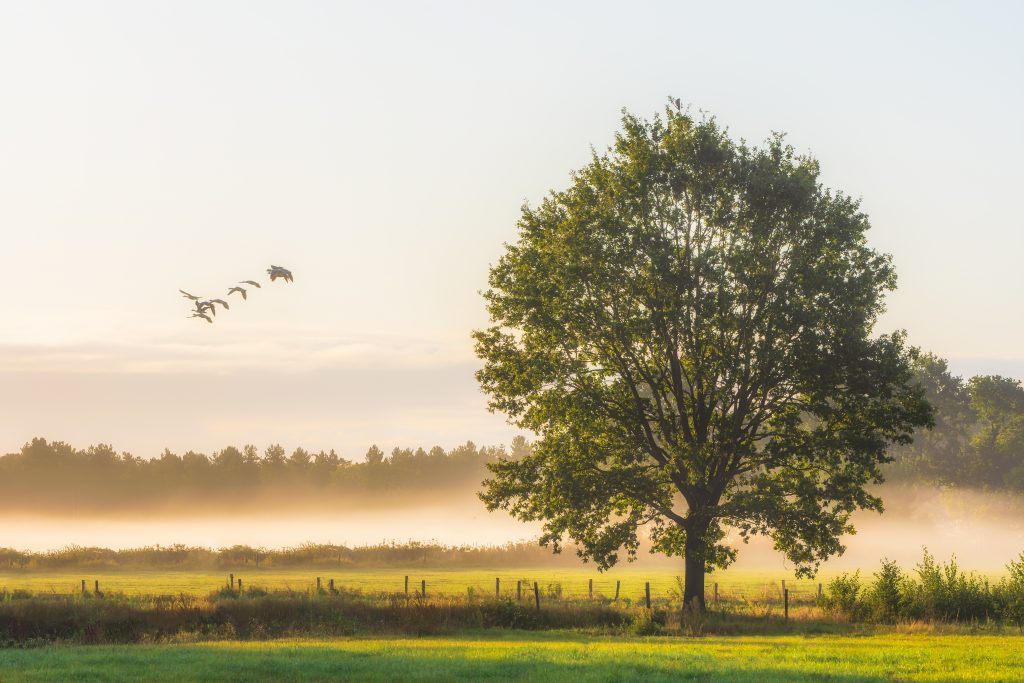
- Staking Systems:
- Single Stake: Involves securing a single stake to the tree’s trunk to prevent excessive movement during wind events. It’s commonly used for young trees to aid in establishment.
- Double Stake: Utilizes two stakes on either side of the tree, providing more support and stability. Double staking is often used for taller or heavier trees.
- Guying Systems: Involves attaching cables or ropes to the tree’s upper branches and securing them to stakes or anchors in the ground. Guying helps prevent uprooting.
- Bracing and Cabling Systems:
- Dynamic Cabling: Uses flexible materials like aircraft cable to allow natural tree movement while providing support. Dynamic cables are installed to limit excessive sway or bending.
- Static Cabling: Involves using rigid hardware like threaded rods to restrict movement between branches or stems. Static cables are typically used to reinforce weak branch unions or heavy limbs.
- Root Support Systems:
- Root Ball Anchoring: Anchors are installed in the root ball of a newly planted tree to prevent root shifting and improve stability during establishment.
- Underground Guying: Cables are placed underground and anchored to the tree’s root system, enhancing stability without visible above-ground supports.
- Arborist Rigging Systems:
- Rigging Ropes: Strong ropes are used by arborists to control the movement and lowering of tree branches during pruning, removal, or maintenance.
- Pulleys and Blocks: Mechanical devices used with ropes to redirect forces and facilitate controlled movement of heavy branches.
- Slings and Straps: Soft rigging tools made from webbing or rope to prevent damage to tree branches during rigging operations.
- Bioengineering Techniques:
- Soil Bioengineering (Live Staking): Involves planting live cuttings or stems in the ground to stabilize soil, prevent erosion, and promote vegetation growth.
- Brush Layering: Laying branches or brush on the soil surface to trap sediments and initiate natural regeneration.
- Willow Wattles and Fascines: Bundles of live willow stems used to control water flow, stabilize slopes, and create natural barriers.
- Modern Technologies:
- Synthetic Cabling and Bracing: Uses synthetic materials like high-strength fibers to provide support, often with improved durability and flexibility.
- Webbing and Straps: Soft materials like webbing and straps are used for lifting and securing branches during tree work, minimizing damage.
Each type of tree support system serves a specific purpose and is chosen based on factors such as tree species, size, structural weaknesses, environmental conditions, and the intended duration of support. It’s essential to consult with certified arborists or tree care professionals to determine the appropriate support system for a particular tree’s needs. Additionally, regular monitoring and maintenance are essential to ensure that the support systems remain effective and do not negatively impact tree growth.
[geocentric_weather id=”45ff4ccd-3d3f-498e-b0b9-91aaaf766bc4″]
[geocentric_about id=”45ff4ccd-3d3f-498e-b0b9-91aaaf766bc4″]
[geocentric_neighborhoods id=”45ff4ccd-3d3f-498e-b0b9-91aaaf766bc4″]
[geocentric_thingstodo id=”45ff4ccd-3d3f-498e-b0b9-91aaaf766bc4″]
[geocentric_busstops id=”45ff4ccd-3d3f-498e-b0b9-91aaaf766bc4″]
[geocentric_mapembed id=”45ff4ccd-3d3f-498e-b0b9-91aaaf766bc4″]
[geocentric_drivingdirections id=”45ff4ccd-3d3f-498e-b0b9-91aaaf766bc4″]
[geocentric_reviews id=”45ff4ccd-3d3f-498e-b0b9-91aaaf766bc4″]
